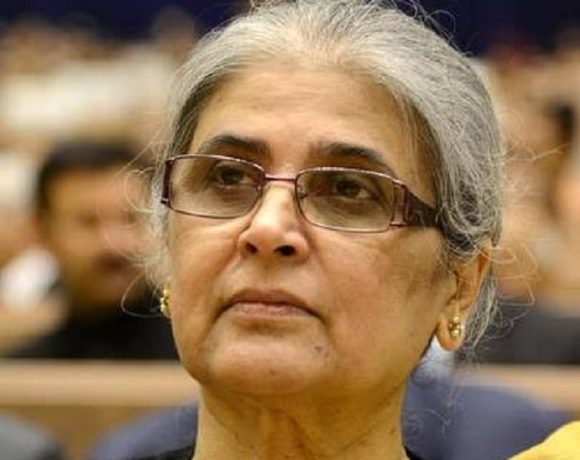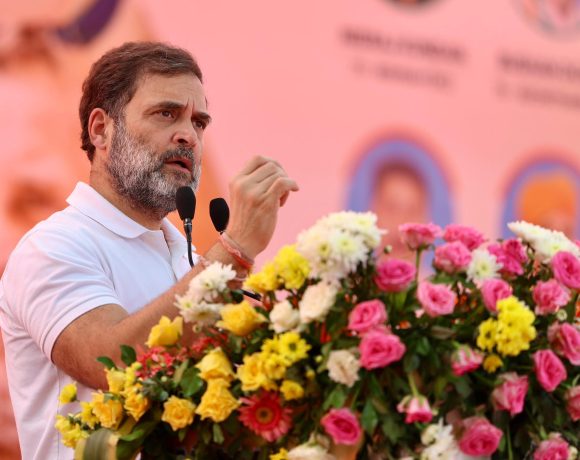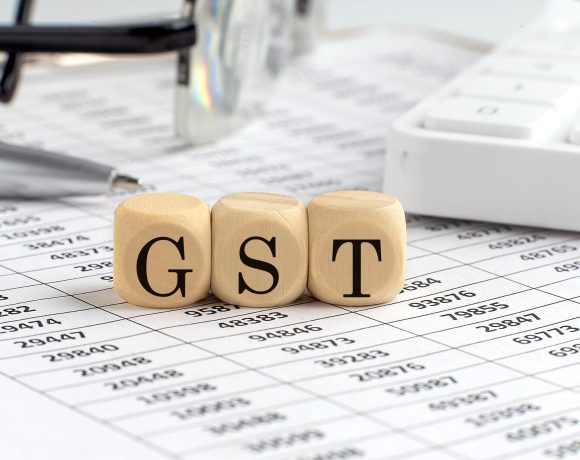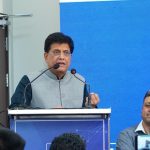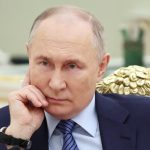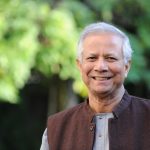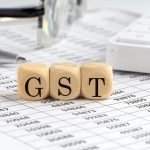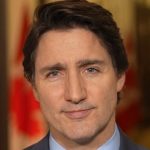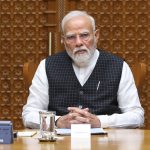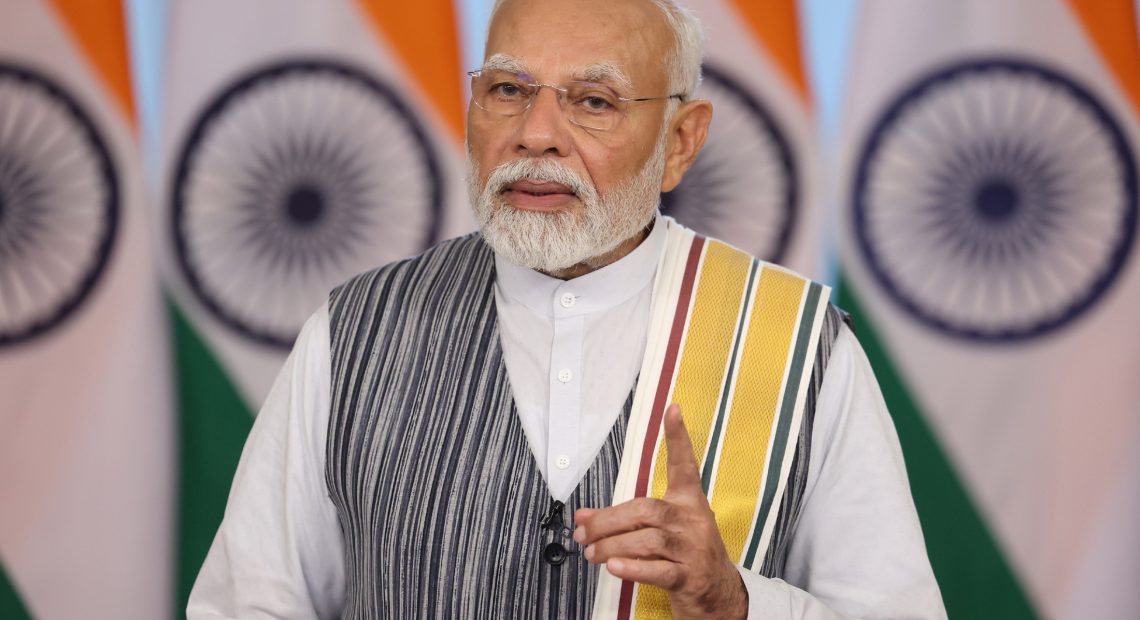
World Bank Affirms India’s Position as Fastest-Growing Major Economy
The World Bank has reaffirmed India’s status as the world’s fastest-growing major economy, projecting a growth rate of 7% for the current fiscal year. This forecast underscores India’s resilience and its significant role in driving global economic momentum.
Prime Minister Modi Highlights Economic Resilience
Prime Minister Narendra Modi addressed the nation, emphasizing the collaborative efforts that have propelled India’s economic ascent. He stated, “The World Bank has recognized India’s growth story, projecting a 7% growth rate for this fiscal year. This is a testament to the hard work and dedication of our people.” He further attributed this success to the government’s focus on infrastructure development and policy reforms.
Key Factors Driving India’s Economic Expansion
Several elements contribute to this optimistic outlook:
-
Public Infrastructure Investment: The Indian government’s continued focus on enhancing infrastructure has been pivotal in stimulating economic activity and attracting private investments.
-
Robust Services Sector: India’s services sector remains a cornerstone of its economy, exhibiting consistent growth and contributing significantly to GDP.
-
Manufacturing Sector Strengthening: Government initiatives aimed at improving logistics and streamlining tax systems have bolstered manufacturing activities, further diversifying the economic base.
Comparative Global Economic Landscape
In contrast to India’s robust growth, the global economy is projected to expand by a modest 2.7% during the same period. This disparity highlights India’s dynamic economic environment amidst global uncertainties.
Government Initiatives Supporting Growth
The Indian government has implemented several measures to sustain and enhance economic growth:
-
Tax Reforms: Recent adjustments in income tax thresholds aim to increase disposable incomes, thereby boosting consumer spending and stimulating economic activity.
-
Investment in Renewable Energy: Initiatives like the Nuclear Energy Mission, targeting 100 GW by 2047, reflect India’s commitment to sustainable development and energy security.
Challenges and Considerations
Despite the positive projections, certain challenges persist:
-
High Public Debt: India’s debt-to-GDP ratio remains above 80%, posing potential risks to fiscal stability and limiting the scope for expansive public spending.
-
Global Economic Uncertainties: Fluctuations in global markets, energy price volatility, and geopolitical tensions could impact India’s export-driven sectors and overall economic stability.
Outlook
India’s projected growth trajectory positions it as a pivotal player in the global economy. Sustained focus on infrastructure development, policy reforms, and strategic investments will be crucial in maintaining this momentum and addressing the challenges ahead.


